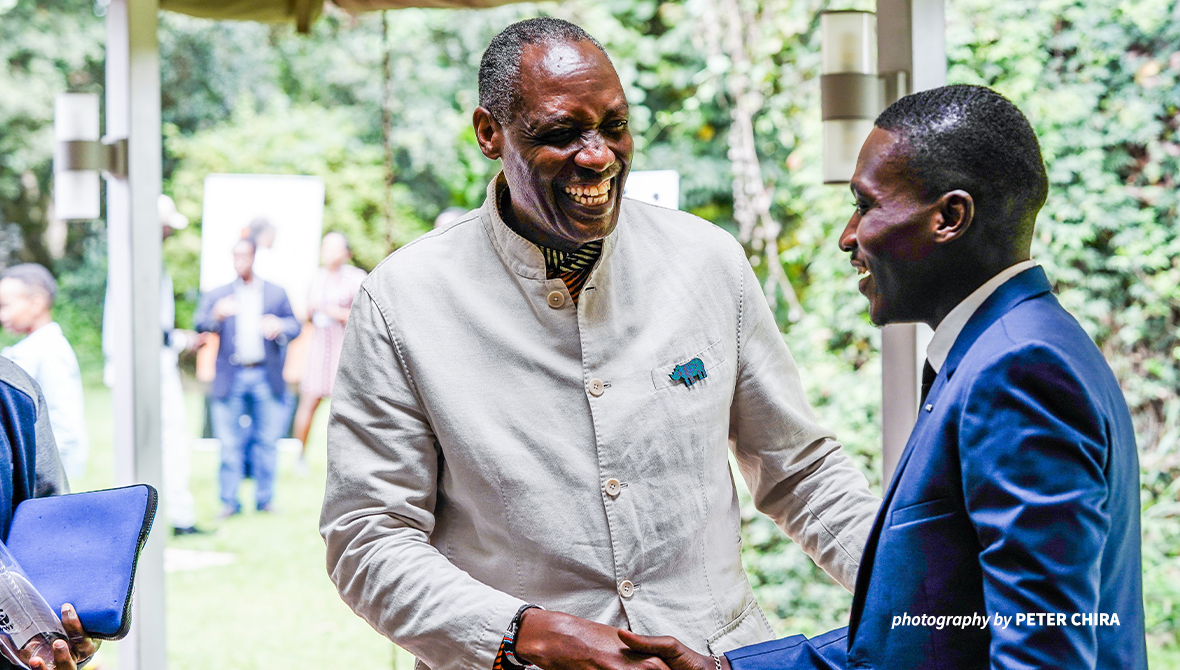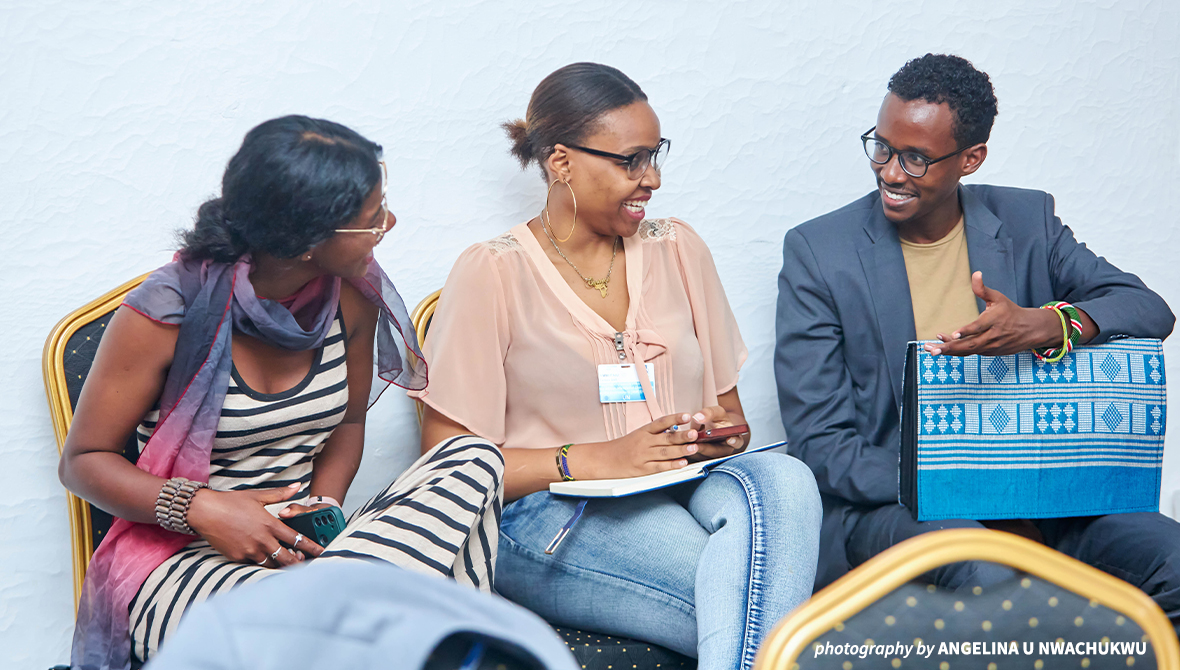Rising to the challenge: Africa's youth as leaders in biodiversity conservation

Our investment in youth should not be merely symbolic but substantive.
Africa stands at a crucial juncture. With internal and external pressures escalating for our rich resources, we are faced with pivotal choices. Do we embrace a future that safeguards our natural legacy or inadvertently destroy it? The stakes are high, and the outcomes are consequential not only for Africa but for the world.
History and experience tell us that conservation thrives when Africans reap direct benefits from it, leading the charge in establishing a balance between nature and progress. Recent progress, as highlighted by the Kunming-Montreal Global Biodiversity Framework, offers a beacon of hope and direction. Yet, the true compass lies in how we, as a continent, adapt and implement these frameworks in alignment with our distinct aspirations.
Amidst this, the youth emerge as the torchbearers. Their role is not merely auxiliary; it is central. They are the bridge between contemporary challenges and future solutions, between the conservation legacies of the past and the sustainable imperatives of tomorrow.
Empowering youth to lead biodiversity conservation in Africa is not just an option; it's an imperative. Their fresh perspectives, innovative thinking, and unwavering enthusiasm are the driving forces needed to confront the complex challenges that conservation faces on the continent.
These young people are uniquely positioned to connect with the local communities and cultures that often exist in close proximity to critical wildlife habitats. They understand the nuances of their communities and can bridge the gap between conservation initiatives and the people who rely on these ecosystems for their livelihoods. By involving youth in conservation efforts, we can ensure that the solutions are not only ecologically sound but also socially sustainable.
Our investment in youth should not be merely symbolic, but substantive. From endorsing youth networks, to supporting initiatives that empower them, to fostering the next generation of biodiversity leaders through various fellowship programs, we must be deeply committed to seeding the future of conservation.
Furthermore, the digital age has given rise to a generation of tech-savvy individuals who can leverage technology for effective conservation. From data collection using smartphone apps to utilizing remote sensing and artificial intelligence for monitoring wildlife and habitats, youth are at the forefront of integrating technology into conservation practices. This not only improves the efficiency of conservation efforts but also opens up new avenues for research and data-driven decision-making.
This shift towards youth leadership is not just a matter of rhetoric; it's a strategic imperative. Young professionals must grapple with the multi-dimensional aspects of the Global Biodiversity Framework, from understanding the intricacies of the Nature-Climate Nexus, to actively plugging the knowledge gaps that Africa faces, to collaborating across generations and ensuring the translation of international strategies into tangible local actions.

Initiatives like the Charles R. Wall Young African Policy Fellowship are critical to investing in young people.
More than ever, the need for youth action is acute. Strategizing is crucial, but taking direct action is paramount. Africa's youth aren't just the voices advocating for nature; they are its custodians and champions.
The youth's global perspective is an invaluable asset. They are acutely aware of the interconnectedness of environmental issues, from climate change to biodiversity loss. This awareness fosters a holistic approach to conservation, where they recognize the need to address multiple challenges simultaneously. Their ability to collaborate across borders and cultures is essential in the global effort to protect biodiversity.
The roadmap for supporting young professionals is clear and unwavering. Let us all aim to foster a new generation of African conservationists who not only understand the challenges but also shape the solutions.
But our role, as pivotal as it is, is just a fragment of a larger collaborative effort. There are myriad partners, resources, and platforms ready to amplify and support youth-led conservation initiatives. I call upon every young individual to harness these opportunities, learn from seasoned leaders, and pave their unique path.
Most importantly, we must not let ourselves forget the more significant task that lies ahead: action. The decisions made in boardrooms and on international platforms are undeniably vital.
Still, it is the grass-root level actions, the initiatives in your communities, your towns, and your cities that will weave the fabric of change.
Intergenerational collaboration was a recurrent theme throughout our discussions, and it's worth reiterating.
The fusion of experience and innovation, the harmony of wisdom and zeal—this is the magic recipe for transformative change. Let's carry forward the spirit of collaboration, bridging any gaps that exist, learning from each other, and working towards a shared vision.
Africa's conservation story is one of resilience, hope, and innovation. As the continent with a quarter of the world's biodiversity, our choices today have ramifications far beyond our borders. It's an immense responsibility, but one that I believe our youth are equipped and ready to shoulder. Together, through collective determination and action, we can script a narrative of conservation that generations will look upon with pride. The future of Africa's wildlife and biodiversity depends on it.
>>Africa Climate Summit youth bring their declaration to the summit and beyond